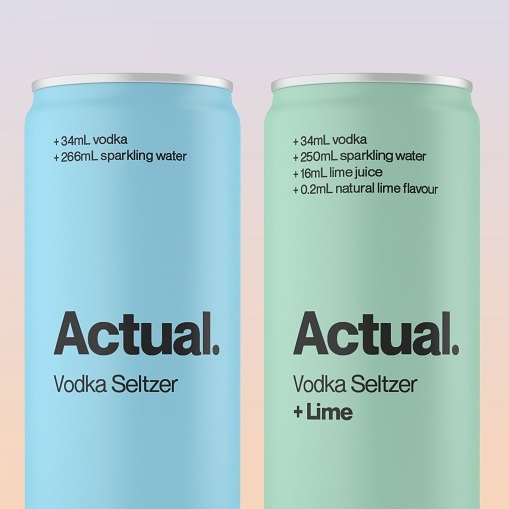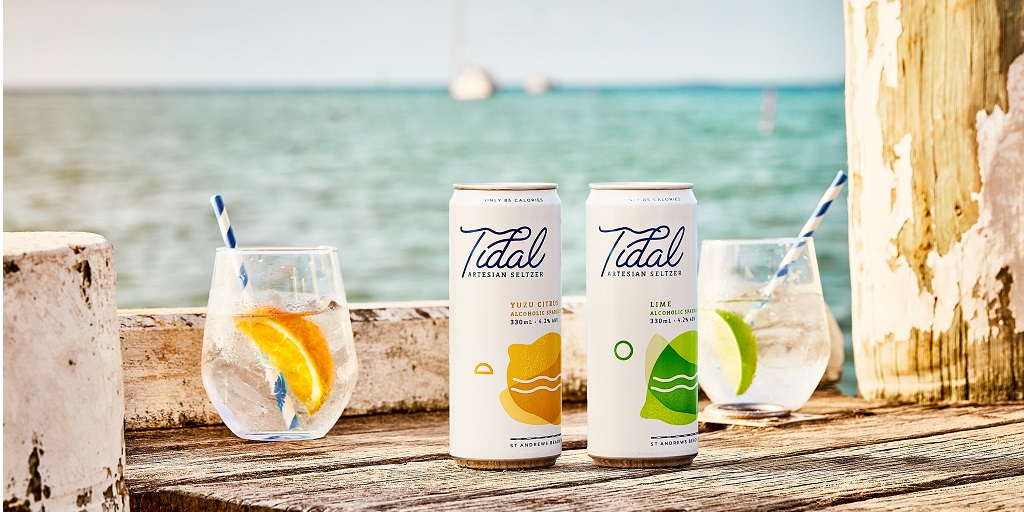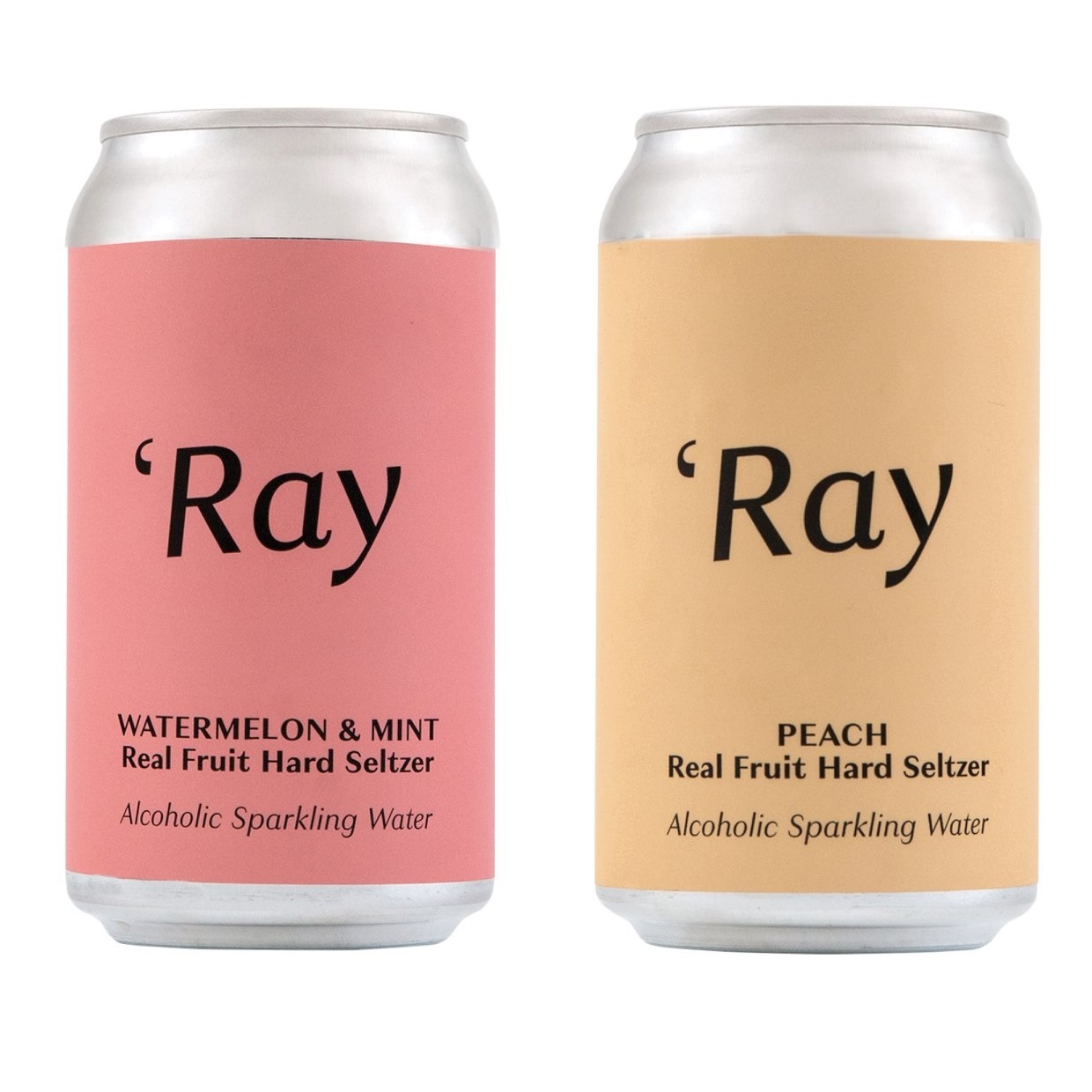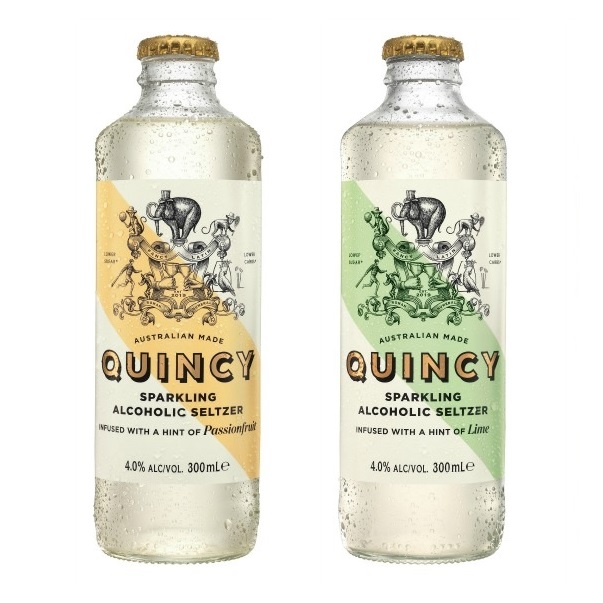
Positioning hard seltzers as brewery ranges evolve
As the beer industry evolves and breweries branch out into everything from kombucha to hard seltzers and RTDs, the question of how to integrate the branding of non-beer beverages with existing beer ranges is a hot topic.
Hard seltzers have certainly made their mark, following Lion’s launch of Quincy last year, CUB’s vodka seltzer, as well as a number of independent breweries including St Andrews Beach Brewery, Lost Palms Brewing on the Gold Coast and Hop Nation launching their own, and standlone businesses like Fellr.
Tyson Sheean, creative director at Tyson Sheean Creative said that while many of the hard seltzers launched by breweries looked similar in terms of their colour palette and “less is more” approach, there were some subtle differences.
“They are all coming at it from different places, but the end goal is contemporary, fresh and light and they’ve all done that job in positioning it into that space,” Sheean explained.
The proliferation of hard seltzers and other RTDs by mainstream and independent brewers alike, the spotlight has been turned on positioning these additions and the “brand architecture ramifications” of bringing a hard seltzer into the fold.
“’Actual’ from CUB is really clever because the design dovetails, it almost looks medicinal. They’re saying it’s good without actually saying it, they’re using design to get that view across. It’s a campaignable idea and it’s an idea that flows through to the actual product, it’s transparent, ingredients on the front, it’s really tight and the whole piece of communication is really simple.”
The big brewers are much more experienced in launching products which may be outside their wheelhouse, but independent brewers are proving fast learners.
“With St Andrews Beach Brewery’s Tidal they’ve gone with refreshing. It’s similar to CUB’s but through a craft beer lens, it’s clear it’s not part of their core range – it is positioned outside of it and they’ve identified that it has a different market.
“With Hop Nation’s ‘Ray’ they’ve really done well to stick in the contemporary space, it doesn’t look like a beer, but it feels like a really close cousin to your core range, again the look and feel of branding is similar but speaks to a different market.
“Hop Nation is leveraging their brand to release a new brand that feels different, it’s brave and it’s smart.”
Sheean explained that despite the similarities at first glance, each has its own identity.
“They look similar but drawing down they come from different places and they’re being smart about it.
“They’re all very different in their approaches especially with Hop Nation and St Andrews Beach. It shows how adaptable craft brewers are to see the opportunity and go for it, and that is also a reflection in how breweries innovate, how they have collaborated with distilleries to make hand sanitiser for example, it’s a reactive thing, they’ve seen this trend coming and are making it their own.”
While many craft beer fans have reacted with dismay that their favourite breweries are moving into the seltzer space, Sheean said from a brand expansion point of view, it was good for breweries to be seen on the cutting edge of beverage development, whilst staying as true to their roots as they can.
“Craft beer at its heart, it is refreshing to see these brewers going down that path, and it is of course a case for it that it comes at a premium price point, and let’s make hay while the sun shines,” Sheean said.
“It speaks to brewers’ innovation to me, because the drinks industry is always changing.
“You’ve got to be really open to whatever that means. Because if you look forward to the future and you see how things are changing and try to blend into that landscape and take that step forward in opening up opportunities as a craft brewery to be outside of the normal beer staple, the market is there and people with discerning tastes are making it, then absolutely what’s the problem?”
“A good beer is a good beer, and good drink is a good drink – I’m going to have a lot more confidence in a lager from a craft brewery, and perhaps that can extend to other drinks too.”
It will also help, through the style of drink as well as the design, open up the potential audience of the breweries, making fans out of people who may not normally have a beer for health or lifestyle reasons, or just because they don’t like the taste.
“Brands can be broken down into what does it stand for and who is it talking to?” explained Sheean.
“These brands are certainly more androgynous, it’s not about being male or female it’s about looking cool and watching weight regardless of who it is that’s doing that.
“That talks to you whether you’re a 45-year-old mum and you’re getting back in shape from having your kids, or if you’re a 20 year-old guy that’s working out and looking after their body.
“I think [the days of branding by gender] are largely over, except in situations when your messaging is particularly directed at a female or male market.
“Whether it’s seltzer or whether it’s mineral water with nothing else in it, you’ve got to be open to what the market wants and I reckon that this sort of innovation has always been here, it’s just shifting.
“There has always been innovation in craft beer putting fruit flavours in and launching IPAs, they’ve challenged the market there and it’s responded. This is just another challenge in a different form, and it will continue to grow because the market demands it.
“History has taught us this, to adapt. Balter came in and changed it up and that affected many things.”
However if the wave of early starters either builds to more breweries doing seltzers, the rules of the game will change.
“At that stage it’s just good branding that will be the difference. If the case is that everyone does one, branding and design will be the key differentiator – strong branding, social packaging and brand positioning you’re in a good place.”









